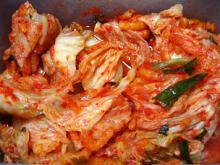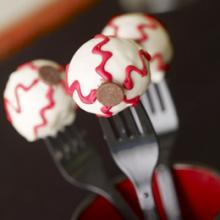Hot Apple Cider Recipes
At our friends’ house, a catered meal was prepared—something we definitely were not used to!—and the most exquisite, orange-flavored apple cider was served along with the hors d'œuvre. I think it had a stick of cinnamon in it, too—but the floating slice of orange and tangy, zesty flavor of it really made the drink the most heavenly hot beverage I’d ever experienced. (And we experienced a few; our stay in California yielded some of the most exotic and delicious things we’d ever had.)
The thing is, I’ve never been able to replicate the drink—and my friend doesn’t have the recipe, either, as it was catered. I would love for anyone who has a delicious, orangey apple cider recipe to share theirs so I could try to replicate such a tasty fall treat.
In the meantime, I will keep looking—and I as I search, I’ve discovered many different delicious-sounding recipes to be used.
Hot Apple Strudel sounds like an absolutely mouth-watering drink. It combines cider with vodka, cinnamon, sugar, caramel apple sauce, and a fresh apple for a taste that sure to be sweet. I’ll have to make this one during our next bonfire!
Wassail Punch is something I’ve always wanted to try—well, Wassail, anyway—and this recipe looks so scrumptious. It also includes orange juice and ginger, so I might be able to get the citrus zing I’m craving from this recipe.
Oh, this Sparkling Cider recipe is something I may have to make even sooner. It just sounds fabulous—with both orange and tangerine juice as well as grenadine and sparkling cider. Mmm…
Muddled Cider, with cranberry juice, cloves, nutmeg, and maple syrup, sounds like something that will warm your bones, too. I’m a huge cranberry juice fan—if it’s not too tart—and I’ll definitely have to try this recipe.









